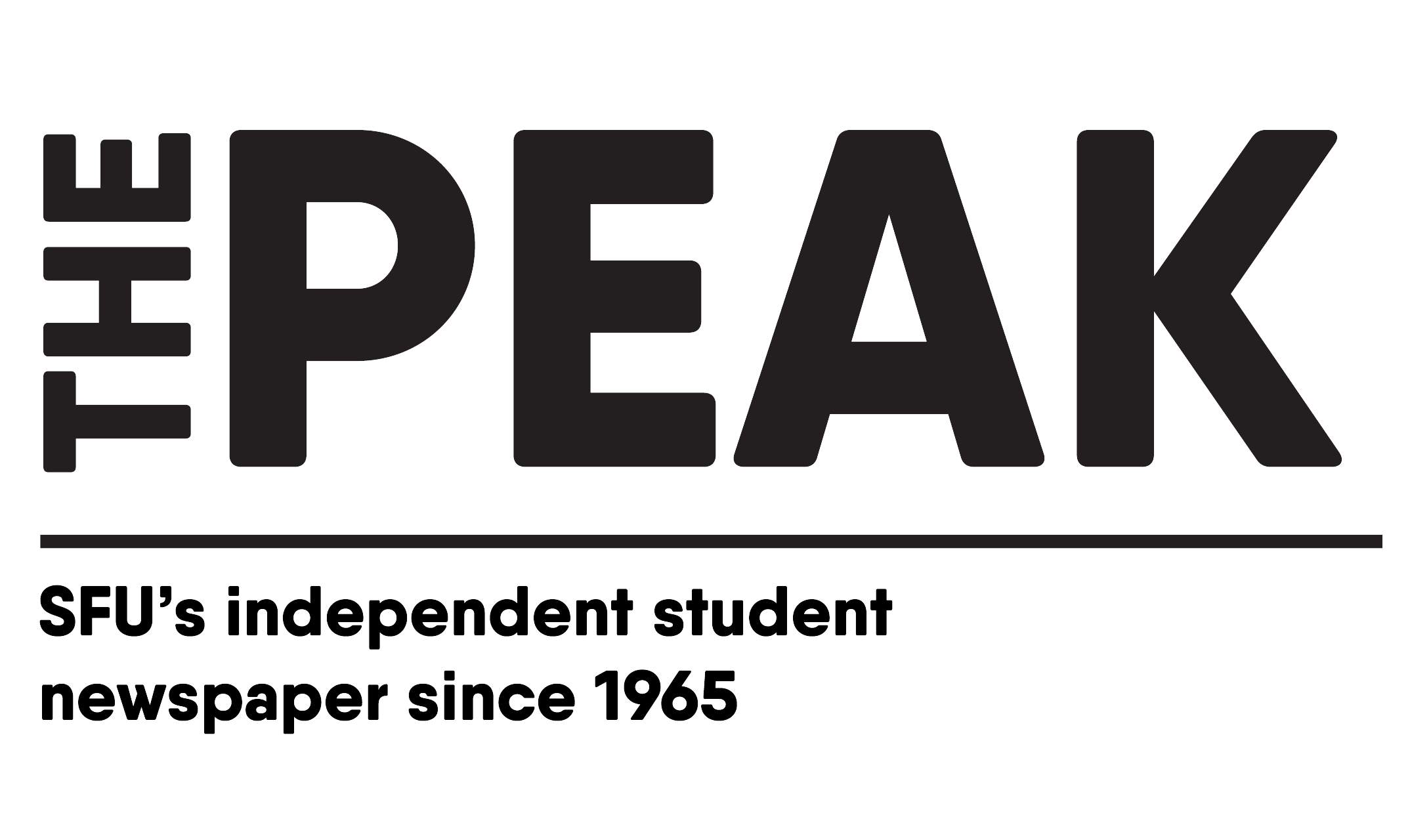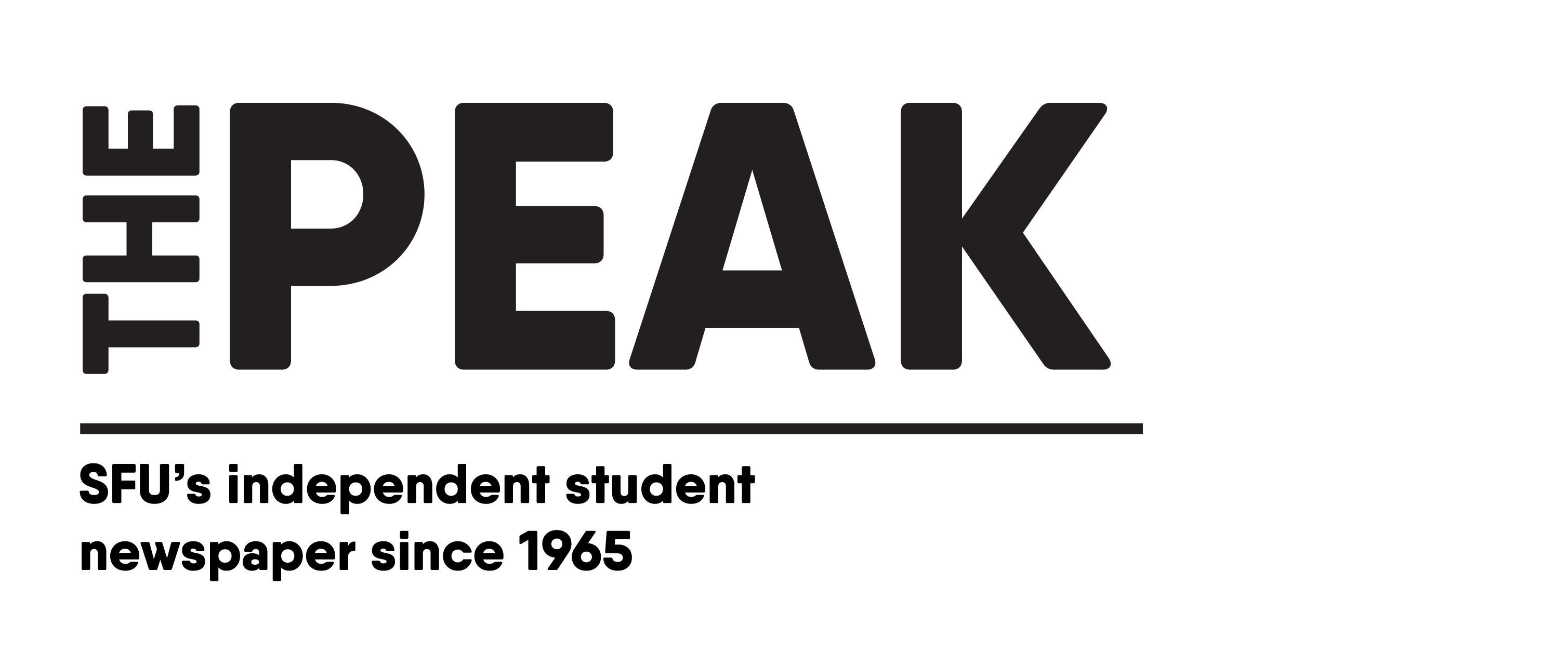What are some of my favourite music venues in Vancouver? I’d love to tell you, but I can’t. If I published their names and gave away enough information so that anyone reading this could find them, they would be shut down within the week. That’s because a lot of my favourite venues aren’t even considered venues by municipal law: my favourite venues are illegal.
Outside the club mecca of Granville Street, beyond the cobblestones of Gastown, and away from the rest of downtown culture, illegal music venues are peppered throughout the Lower Mainland. You won’t find them being reviewed on Yelp and their shows won’t appear on livevan.ca, but these bustling counter-culture hubs do exist, and thrive, under the radar.
Featuring plenty of local bands and after-hours parties, illegal venues are a way to escape the monotony of bar culture. The only problem is in their name: they’re illegal — and sooner or later, the city always catches up with them.
The Law
What do I mean when I say underground venues? It’s a loose definition by any means. Some are art galleries or practice studios that occasionally host live performances; others are industrial spaces that exist in a sort of gray area between performance space and party location, and a surprising amount are just regular households that give bands a place to play and audiences a place to listen.
The common thread between all of them is the cultural aspect, and the way they float under the city’s radar. For most of these underground venues, there are two main legal hurdles standing in their way: various Vancouver city by-laws, and the province’s liquor laws.
These bustling counter-culture hubs exist, and thrive, under the radar of Vancouver police.
On the city of Vancouver’s website, there’s a section dedicated to outlining the particular by-laws that would come into conflict with things such as underground venues. There’s nothing that directly singles out illegal venues, but there are multiple by-laws meant to prevent them, including the Noise Control By-law, the Fire Control By-law, and the Zoning & Development By-law.
The last one is particularly important because this by-law decides how the city is geographically planned through zoning districts: every part of Vancouver is divided into districts, including residential, commercial, and industrial, limiting the kinds of uses a building within each district can have. The majority of underground venues are located in either the commercial or industrial zoning districts, where rent is cheaper and they’re less likely to garner noise complaints.
The other headache for illegal venues is liquor licensing, which is notoriously bureaucratic in British Columbia. Despite the ongoing struggle to reform many of the province’s archaic liquor laws, it remains expensive and difficult to acquire licences for many smaller events. But because liquor sales are where most venues make their money, many underground venues opt to simply sell alcohol without a licence.
I Fought the Law…
Of the people I wanted to interview about Vancouver’s illegal venues, Samantha* was at the top of my list. I felt it was important to talk to her for a couple of reasons: she’s been involved with the art and culture scene in Vancouver for several decades now, and she’s currently operating a venue under the city’s radar.
Though any further detail would give away too much, Samantha is one of the most qualified people to talk to about running an underground venue. “What was your favourite underground venue that was closed down?” I ask her. She replies after a moment of hesitation, “Well, probably one of the ones I used to run.”
I can’t list the venues she used to run because it would reveal her identity — this is the kind of secrecy I have to operate in during all of my interviews. While there are a few people willing to speak candidly and on the record about things like their past or present involvement with illegal venues, there’s an understandable hesitancy. These venues and those behind them have enough to worry about without drawing additional attention to themselves.
Samantha’s reason for helping curate a space for local shows is simple: she believes that the only way to help grow the arts community in Vancouver to provide a safe space for artists to do so. She points to the systematic dismantling of the 100-block of West Hastings over the last decade — which saw artist hives such as the What Gallery, Red Gate, the Church of Pointless Hysteria, the Dynamo, and others either shut down or forced to relocate — as an example of how the city is failing to provide opportunities to emerging musicians and artists.
Many of these buildings would host shows and function as community art spaces in the meantime. Without these affordable spaces where artists can develop their craft, Samantha worries that there will be a negative impact on Vancouver’s culture and community.
“[Many notable artists] spent a significant amount of time there working on stuff, making mistakes and fucking up and improving their thing,” she tells me. “You need to have spaces like that. People think about supporting the arts, and they say, ‘We need to put a billion dollars into the Vancouver Art Gallery where we can showcase this art made from other places.’ Okay, that’s great, but if you don’t have places where people can spend five or 10 years improving their skills, then what are you going to have to show?”
Many of these venues host shows and function as community art spaces in the meantime.
She continues, “Culture is an interesting thing. Maslow’s hierarchy of needs says you need your basic needs fulfilled before you have time for culture, which is like the last thing on the list. Before you can enjoy cultural things you need to be able to eat and have clothes and whatever, all these necessities. But the way I see it is that culture is the reason you bother doing all of that stuff. It’s the thing that motivates people, to make them get out of bed in the morning.
“What is it that makes you get out of bed in the morning?” she asks. “It’s your relationship to other people and the things you do together. I would flip the hierarchy around; if you don’t have any reason to live, then why bother eating and all that?”
“If someone’s reading this article,” I ask, “and they don’t know a lot about underground venues, what’s the one thing you’d want them to know about these kinds of venues?”
“It’s basically the R&D lab for culture,” she replies. “And culture is self-generating. You can create all kinds of bureaucracy and institutions around the results of that process. What needs to get supported is that ground layer and it doesn’t have to be active support — just don’t actively destroy it.”
… and the Law Won
While the name 333 may not ring a bell, it was one of Vancouver’s most prominent underground venues between 2013–14. I had the chance to catch up with the proprietor of 333, Chris Merrell, and he told me about what happened the night the police finally came to shut things down.
“Toward the end of the night when everything was dying down, three or four police cars quietly rolled up and they kind of just ruffled our feathers a bit. Looked through everything, asked us a million questions, and ultimately told me clearly, ‘You can’t just do this.’
“[The officer] spoke to me for nearly an hour and was pretty upfront, there wasn’t any hidden agenda. He was like, ‘You know how this works, you can’t just do this. You can’t just be open all the time and be a busy venue.’”
Once known for its late hours and eclectic range in shows, varying from hard-core punk-rock to EDM, 333 was shut down back in April of this year. It wasn’t a shock to the rest of the underground community, since that’s what usually ends up happening to these sorts of venues, but it still stung. But Merrell hasn’t given up just yet.
“The reason I think this is an issue and why artists should care about it isn’t because I think it’s cool to not follow the law and not play by the rules in the city you live in,” Merrell explains, “but because this all happened because me and any other venue like mine are expected to abide by licensing and permitting that even [some of the bigger venues] are struggling to keep up with. It’s difficult to open up a business and keep open that business and thrive for people who aren’t coming in with tons of capital.
“At the risk of making some generalizations here, artists don’t tend to have money when it comes to the independent art scene,” he continues. “It’s not economically possible for there to be a punk-rock venue that’s the right space, the right room for it, and in the right neighbourhood and can cost what it needs to cost for people to see that show so it can support touring bands. It’s not economically possible for it to be done and to not be constantly struggling to stay open.”
Where Do We Go from Here?
After a three-month hiatus from 333, during which time most people in Merrell’s position would probably have moved on to other projects, the landlord dealt with the city and has returned with a new occupancy permit for the building. Merrell is now free to start hosting shows at his venue again, with a few restrictions in place: no liquor sales without the proper permits, and the promise that every show be all-ages.
“I can do as many all-ages gigs as I want, as long as I keep it at a safe capacity and everything. My plan for the future is basically to just get it rolling, book high-quality live music gigs, and try and stay within a reasonable limit so that the city is happy with me,” Merrell says.
“We’re going to go for it and it’s going to be way harder, but we’re going to play by the rules.”
Public safety is important, and the city does a thorough job ensuring that buildings are up to fire code and other safety regulations — but restrictions have become a double-edged sword for many of these venues, which are arguably safe but not always up to the specific standards held by by-laws.
“[The city] generally shuts places down on the basis of fire code and safety-type of regulations,” explains Samantha, when I bring up why so many of these spaces are disappearing. “That’s certainly the thing that’s brought up the most. When there’s ever a public discussion on it, people say ‘Oh, well places have to be safe.’
“Safety is important but I can go skydiving if I want to [. . .] I can take that risk, that’s an acceptable risk. How many people have died from cars in Vancouver in the last five years? How many people have died or been injured at an underground party in the last five years? What are the relative risks that we’re talking about here? [. . .] It’s kind of a sacred cow, they can say ‘Well, we don’t want people to die in a fire.’ Well, I don’t want people to die in a fire either.
“If people come to us asking to have a show here and we say ‘Sorry, the city won’t let us; go somewhere else’ then they will go somewhere else and it’ll be somebody’s basement or some place that’s hiding. A lot of the scene in Vancouver is actively hiding from the city, and so that’s why people don’t know about it.”
Will there ever be a day when venues like Samantha’s or the old 333 are welcomed into the Vancouver culture scene, instead of being forced to operate on the outskirts or underground? It’s hard to say for sure — with the by-laws and restrictions currently facing Samantha and other owners, it seems like we’re a long way from seeing underground venues spread into the mainstream of Vancouver’s music scene. But as long as there are fans and bands willing to support it, this underground scene will continue to thrive, with or without police intervention.
It’s easy to get caught up in the city’s infamous reputation as No Fun City, but drop the moniker and preconceived notions for a moment: you may find there are a considerable number of amazing people in Vancouver doing amazing things for the arts community — if only you’re willing to look a little closer.
*Name was changed at the request of interviewee.





